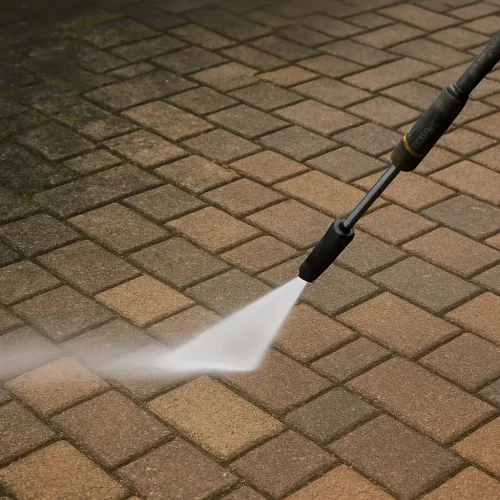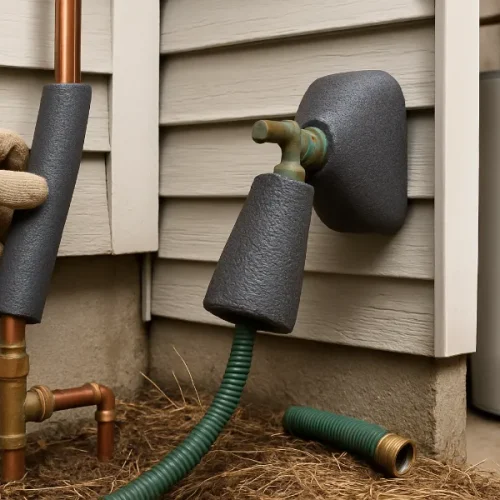
Humidity trouble in UK facilities rarely arrives with a big warning. It starts small, a little condensation on a chilled line, a few soft cartons on a pallet, a scanner that fogs up during a busy shift. By the time the pattern is clear, waste and downtime have already crept into the numbers.
Moisture does its damage across different parts of a site. Packaging lines slow when cardboard loses strength due to being damp. Metal parts corrode sooner than planned. Adhesives cure unevenly and labels lift at the edges. None of these issues look dramatic on their own, but when they’re combined they can chip away at throughput and reliability.
Do Not Ignore Rising Moisture
Production areas with temperature swings feel it first. Warm air meeting cold steel or glass turns into droplets that fall onto belts and floors. That means cleanups, slips, and a steady drain on refrigeration as units fight the extra load. In high care rooms, even a light film of water risks hygiene failures and rework.
Electronics also do not take well to damp air. Photo eyes mist over, control cabinets gather condensation, and weighing heads can drift out of tolerance. A single false stop on an automated line halts everything behind it. The restart takes time, creates backlog, and pushes staff into fire fighting rather than a steady flow.
Storage can suffer in quieter ways. Pallets swell, shrink wrap slackens, and cartons lose shape. By dispatch, the load that looked fine in the morning has become awkward to move and easier to damage. Returns grow, and with that, complaints follow.
Where the Early Signs Appear
Loading bays often reveal the first warning signs of rising humidity. Water beads on the door frames and icy patches form around the entrances to cold rooms, leaving mop buckets permanently stationed nearby because the floors never stay dry. In bottling halls and canning rooms, the problem shows up in blurred labels and smudged date marks, as condensation appears exactly when a clean surface is needed. Dry ingredients are equally vulnerable. Powders bridge inside hoppers, seasonings clump together, and feeders stall, forcing operators to repeat the same fixes over and over. Each delay may only last a few minutes, but over a full shift the lost time quickly adds up.
Quality teams pick up the same trend whenever they review the data. Short production runs become more common as staff stop to correct minor defects. Cosmetic marks push up the reject rate, and operators spend more time wiping down surfaces than actually making product. Maintenance teams recognise the pattern as well. Bearings wear out earlier than expected, rust appears on metalwork that should have stayed clean, and electrical faults seem to follow every spell of humid weather. Each of these problems adds pressure, knocking planned schedules further off course.
How to Manage Humidity?
Start with the basics. Measure relative humidity and dew point where problems appear, not only in plant rooms. Balance airflows so you are not dragging damp air across chilled surfaces. Keep doors shut where you can and improve seals where you cannot. Check extract and make up air so pressure works in your favour. For a lasting fix, many sites install dehumidification systems to remove moisture at source and stabilise conditions inside the facility.
When humidity is managed well, production no longer feels like a battle against the air. Lines start on schedule and printed codes stay sharp. Floors remain dry instead of turning into slip hazards. Cold rooms keep their temperature without the endless cycle of defrosting. Staff spend their time on output rather than mopping up water. The benefits build quietly, showing up in lower energy bills, fewer complaints, and a steady flow of improvements that continue every day.
Frequently Asked Questions (FAQs)
Moisture issues often start with small temperature differences that cause condensation on equipment, packaging, or floors.
Uncontrolled humidity damages products, slows production lines, and increases maintenance costs.
Condensation on cold surfaces, damp floors, and softened packaging are common early warnings.
It weakens cardboard, loosens shrink wrap, and causes labels or adhesives to peel.
Yes, condensation can fog sensors, corrode circuits, and cause false stops in automated systems.
Loading bays, cold storage, and bottling or canning lines often show moisture issues first.
Moist air makes refrigeration units and HVAC systems work harder, wasting energy.
Use hygrometers and dew point sensors to track humidity in problem zones.
Seal doors properly, balance airflow, and use dehumidifiers to control moisture at the source.
It improves product quality, reduces downtime, saves energy, and keeps operations running smoothly.













